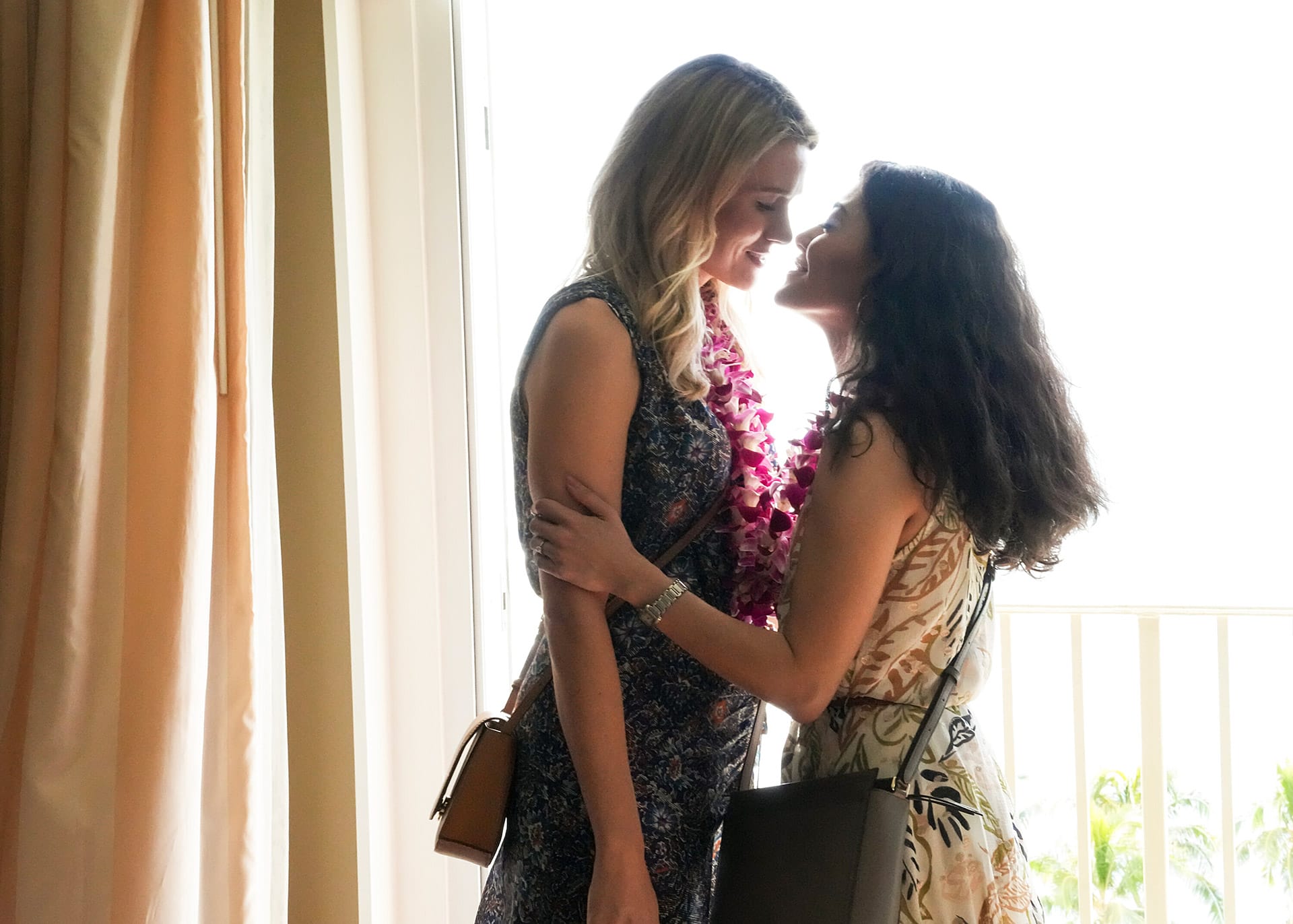Trending
- Inaugural Black Queer Visionaries Summit Charts Path To Safety and Liberation for LGBTQ Southerners
- WATCH: Jonathan Bennett and Robbie Simpson Bring Holiday Sparkle and Queer Joy to Hallmark’s “Finding Mr. Christmas”
- OP-ED: My Filipina Mother Taught Me to Blend In. My HIV Diagnosis Taught Me to Be Seen
- Loud and Proud in The Lone Star State: Dallas Church, Cities Across Texas Respond to Crosswalk Controversy with Pride
- WATCH: Scott and Mark Hoying on Creating “Fa La La Family”, a Holiday Story That Celebrates Every Kind of Love
- NewFest 37 Celebrates Spirit Day with Shorts Program, “The Celluloid Closet” & More
- We All Could Use Some Queer Joy! Be a Part of The Skin Deep + GLAAD’s New Collab
- Honoring Paul Kawata: A Legacy of Courage, Community, and Change













